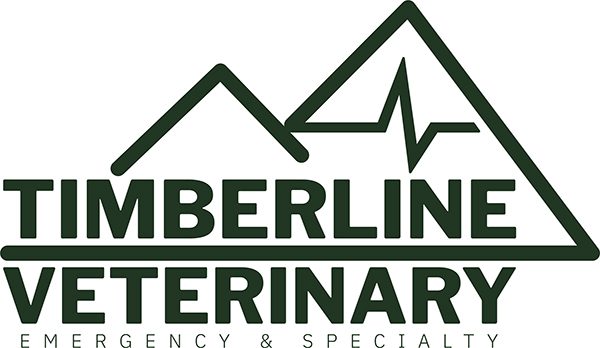Pet Proofing Your House

Making your house safe for a pet can be a challenge. Pets get into many different things and there are some accidents that happen which no one can predict. However, a few simple rules will make your house safer and help avoid a trip to the veterinary emergency room.

Store Medication & Vitamins Securely
The most important rule is to always keep medications and supplements in child proof containers up high and out of reach. A single Tylenol tablet can be deadly to a cat. Carprofen chewable tablets, used to treat pain in pets, also taste very good. We have seen several dogs eat the medication bottle and the entire prescription in one sitting. While vitamins don’t seem dangerous, eating Vitamin D in large quantities can cause severely high calcium which can damage the kidneys. It is NOT recommended to keep medication in zip lock bags as we have had animals eat through these, especially when containing Advil with the sweet tasting brown coating.
Teach Your Pet to “Drop It”
It is confusing to me why dogs eat socks and underwear but they do. Try to train puppies early that clothes are not toys. A strong “no” followed by “drop it” with a reward is helpful. Chasing them around the house laughing will make them think it is a game. When training doesn’t work, “dog proofing” involves everyone making a heroic effort to keep clothes picked up, having closed hampers and keeping the dog out of the laundry room.
Clean Up Any Potential Choking Hazards
Big hazards for cats (based on patients seen at Timberline) appear to be soft ear plugs (ear wax must taste good if you are a cat), string, ribbon, thread, and rubber hair bands. All these items should be kept put away and out of reach, especially if you have kittens. Try to avoid playing with your cat using string, ribbon, and thread, so they don’t think of them as toys.
Put Food Out of Reach
Dogs should never be trusted with food left out. Counters should be cleared of items you would not want them to eat when you leave the house. Even if it is covered or packaged and you cannot smell the food, a dogs’ sense of smell is 25 times that of humans. It is just too tempting for the dog to leave it alone. Even pet food left out can be dangerous if the dog eats enough of it: one patient got into a 25-pound bag of his dog food and ate most of it in one sitting. Eating this much food can cause bloat or pancreatitis, so keep pet food securely stored away.
Crate Train Your Puppy
Crate training puppies is highly recommended. The crate gives them a comfortable place to call their own, an easy way to make travel easier, and a safe place for them to be when they are by themselves. Many people also use baby gates to contain their dogs in one “dog safe” area of the home.
See Your Home Through Your Pet’s Eyes
Explore your house at the level of your pet – this will help you see what things are possible for them to get into. Also, have a family meeting and discuss with everyone the importance of their constant vigilance. Remember that it only takes minutes–or even seconds–for a pet to get into something harmful. If everyone is on the same page, it is less likely that one person will leave something out for the pet to get into. Don’t assume your pet won’t be interested in something. The truth is, you never really know so you must constantly be on the lookout.
Ensure Plants In and Around Your Home Are Pet-Friendly
Make sure you check the list of poisonous plants on the National Animal Poison Control website. Many indoor plants are toxic to dogs or cats and need to be put on high shelves or removed completely. Many seasonal plants are dangerous, so it’s good to have the list handy for all seasons. Remember that there may be plants out in the yard that need to be removed if the pet is going to be let outside unattended.
Keeping Your Home and Your Pet Safe
Your efforts at “pet proofing” will allow you to avoid many hazards. Unfortunately, not all problems can be foreseen or avoided so remember to have the number of your veterinarian, the Animal Poison Center, and your local emergency hospital readily available.
Recent Posts
About Us
Timberline Veterinary Emergency & Specialty is a locally owned, veterinarian-led hospital founded in 2023 by Dr. Laura Ahlgrim, Dr. Beth Davidow, and Dr. Chris Bailey. As Seattle residents, we understand that pets are family—and when emergencies arise, you need care you can trust. Our mission is to provide exceptional emergency and specialty services with compassion, transparency, and medical excellence. We're here to support your pet’s health while fostering a stronger, kinder veterinary community.
